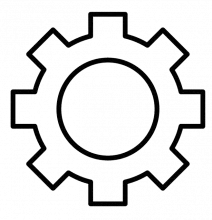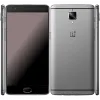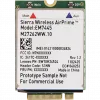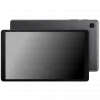
High Speed Packet Access (HSPA) is a amalgamation of two mobile telephony protocols, High Speed Downlink Packet Access (HSDPA) and High Speed Uplink Packet Access (HSUPA), that extends and improves the performance of existing WCDMA protocols. A further standard, Evolved HSPA (also known as HSPA+), was released late in 2008 with subsequent adoption worldwide beginning in 2010.











